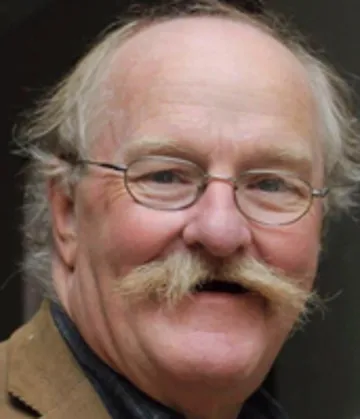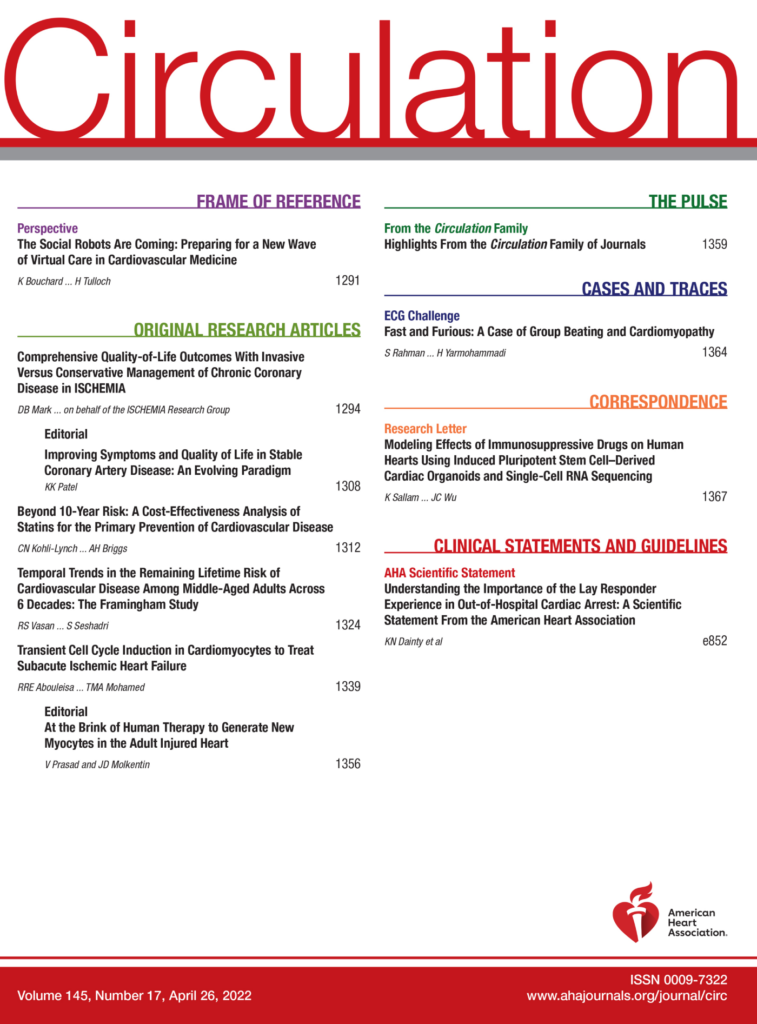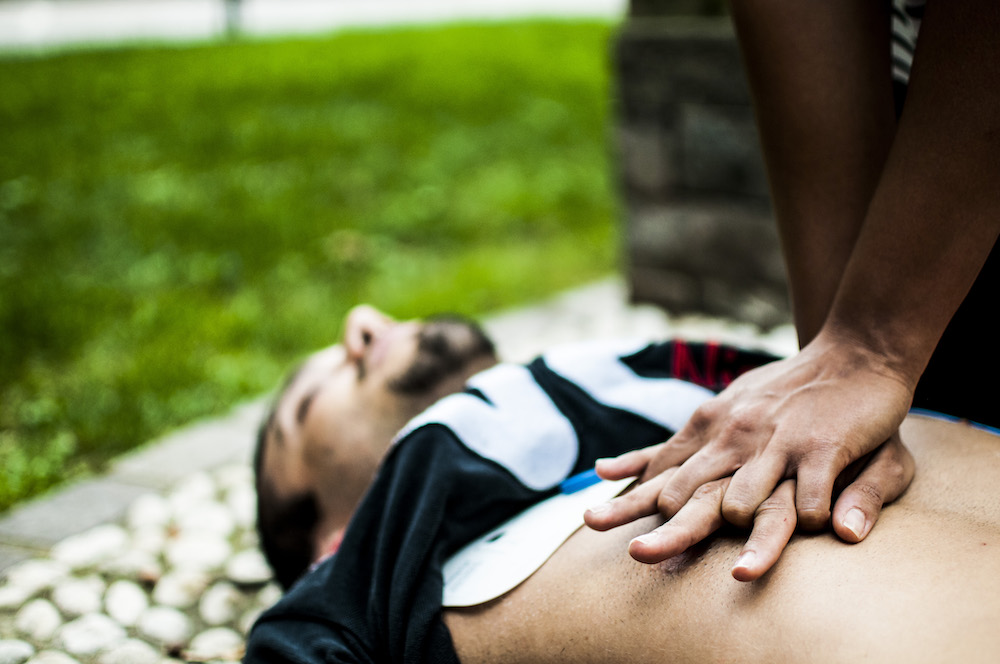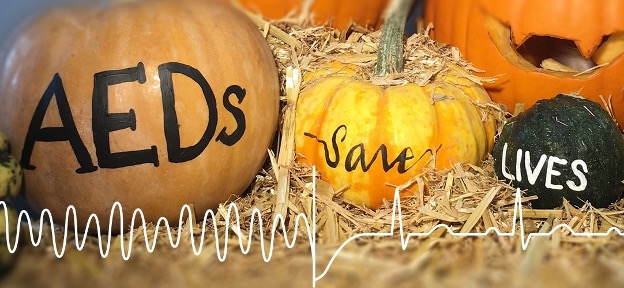In Remembrance: George Murphy

Thank you to David Hiltz for writing and contributing this article to Currents. A dear friend of the resuscitation community and celebrated advocate-champion, George Murphy, NRP, died on June 17, 2022 at the Massachusetts General Hospital. George Murphy attended the Northeastern University paramedic program where he later earned his degree and worked for Boston EMS […]
Experience in Out-of-Hospital Cardiac Arrest: A Scientific Statement from the American Heart Association

The following scientific update appears in Currents courtesy of author Katie N. Dainty, PhD, MSc. For a long time, our entire focus around bystander CPR has been about training people to have the hard skills required to do CPR. While training is an important component of how we will increase survival from sudden cardiac arrest, […]
Understanding the Importance of the Lay Responder Experience in Out-of-Hospital Cardiac Arrest: A Scientific Statement from the American Heart Association

The following scientific update appears in Currents courtesy of author Katie N. Dainty, PhD, MSc. For a long time, our entire focus around bystander CPR has been about training people to have the hard skills required to do CPR. While training is an important component of how we will increase survival from sudden cardiac arrest, […]
It’s Shocktober!

In 2017, the U.S. federal government officially designated October as Sudden Cardiac Arrest Awareness Month thanks to the efforts of several cardiac arrest-focused non-profits, including the Sudden Cardiac Arrest Foundation. Each year, more than 350,000 people die from sudden cardiac arrest. October is a fitting time to focus on expanding awareness and use of the […]
